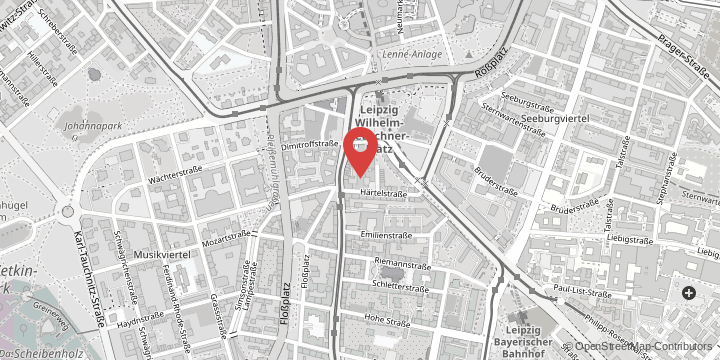For many people, Ambrosia artemisiifolia is nothing more than a potentially annoying agricultural weed. Introduced from North America about 150 years ago, the plant is likely to be familiar to many allergy sufferers. This is because ragweed is highly allergenic, and even small amounts of its pollen can cause severe reactions. Apart from this, ragweed sometimes occurs on a massive scale – threatening agricultural crops. The plant prefers warm and dry locations and will spread even further in the coming years, for instance in the hot and dry regions of Saxony, southern Brandenburg and the Upper Rhine Plain.
Scenarios created for current and future climate conditions
This is one result of the research conducted by Fabian Sittaro, a doctoral researcher at the Institute for Geography at Leipzig University and a staff member at the German Biomass Research Centre (DBFZ). The aim of his study was to assess suitable habitats for key invasive plant species in Germany under current and future climate conditions up to the year 2080. For his doctoral thesis, the 33-year-old studied 46 invasive plant species that are at different stages of spreading. Sittaro explains the methodology thus: “Using satellite imagery to divide Germany into quadrants, I remotely sensed the whole country. Environmental data was determined for each of these quadrants, meaning information about soil type, land use, climate and elevation data, information about infrastructure and existing plant communities.” Based on this data, various machine learning techniques were used to calculate whether the respective species would be able to spread in the defined quadrants and thus in certain parts of Germany. Sittaro created these scenarios for current and future climate conditions up to the year 2080. The distribution data was taken from the FlorKart database for the floristic mapping of Germany and from the Natura2000 European network of protected areas.
Climate change accelerating the spread of invasive species
“The study shows that future climate conditions will determine which habitat the individual species are able to occupy or claim,” says Professor Michael Vohland, who is a professor of geography specialising in geoinformatics and remote sensing at Leipzig University and who supervised the dissertation. “The invasive plant species will have more potentially suitable habitat available to them because many of them come from regions with dry and warm climates.” Even under current climate conditions, most of the species studied have not yet reached their potential habitat. Urban centres and areas with good transport infrastructure have a high spread potential. The study provides important information with regard to applying targeted, monitoring-based protection and control measures. Fabian Sittaro, who received a scholarship from the German Federal Environmental Foundation (DBU) for his dissertation, is currently working on a web application. Due to go online at the end of 2023, it will provide information on invasive plant species and maps showing current and projected areas of spread.
Original publication in International Journal of Applied Earth Observations and Geoinformation
“Which factors determine the invasion of plant species? Machine learning based habitat modelling integrating environmental factors and climate scenarios”, DOI: 10.1016/j.jag.2022.103158
































































